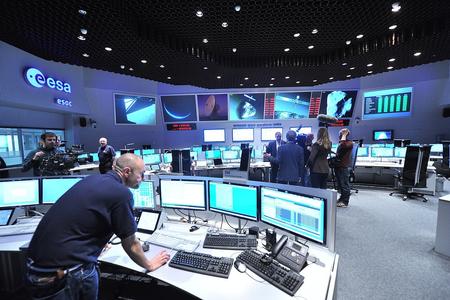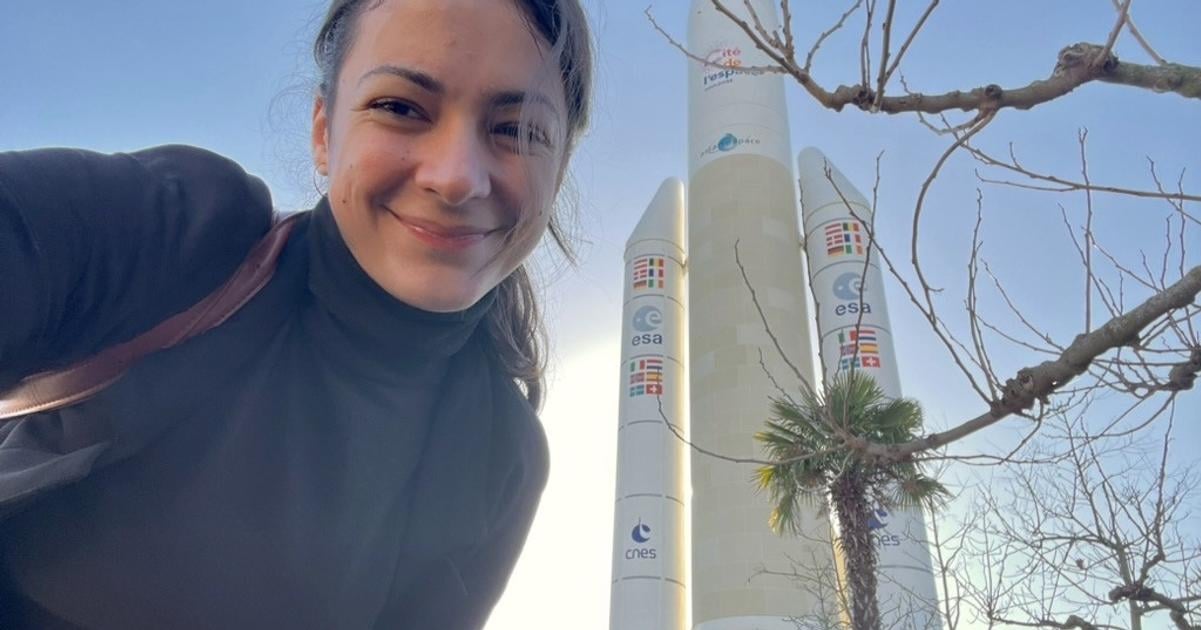LENKA TKÁČOVÁ is co-founder of the Slovak branch of the Women in Aerospace initiative, which aims to promote women’s work in the space sector.
Alongside her outreach work, she is a manager at KAjO, a company specialising in satellite imagery and climate change. She previously served as communications and education manager at the industrial branch of the Slovak Space Office and as a delegate to the European Space Agency (ESA).

Related article
Slovak space industry lifts off after ESA membership
Read more
When it comes to space, many people think of NASA or companies like SpaceX. But dozens of Slovak companies are also involved. What is the state of the Slovak space industry in 2025?
It consists of two parts. The first is the so-called downstream sector, which includes companies that process satellite data, such as Sygic. The second covers firms that produce components for satellites or for specific missions, for example on planets. In Slovakia, the downstream sector tends to be more profitable, but in terms of numbers it is roughly half and half. The industry is growing, and with Slovakia now an associate member of ESA, companies and individuals have major opportunities.
What is Slovakia’s reputation? Is the country taken seriously, or is its space industry still too young and needing to prove itself within ESA?
Other countries are often surprised at how quickly Slovakia’s space office has managed to build its reputation and raise awareness of Slovak companies—especially given the office’s small size. We have earned a strong reputation at international conferences and ESA meetings during project discussions. For example, I was responsible for the CANSAT competition, where students built a satellite the size of a drinks can. It was remarkable that, with a much smaller budget, Slovakia had the same number of teams as the Netherlands and other European countries.
Recently, you took part in a discussion titled “the future of technology is inclusive”. What does that mean in the context of the space industry?
This is my great wish. I believe it is very important to stress that the space sector is not just for a select group of people, such as children from wealthy families. Once you know how to enter the sector, it is relatively easy to find your way. But from speaking with people, I also know what barriers they had to overcome. We still have a long way to go—not only in Slovakia, but worldwide.
A photo from the recent Paris Space Hub event showed 13 space sector representatives—all men. Is this something you are trying to change?
I should start by saying that together with Nicole Majská, co-founder of Women in Aerospace Europe – Regional Network Slovakia, we became involved in space almost by chance. Back at university, I would never have imagined working in this field. The need to establish the initiative grew out of our long-term experience in the sector and the everyday situations we encountered. For example, it is still rare to see meetings that are 50/50 men and women. I was often in the minority. So yes, I definitely see this as something that needs to change. But it has to be done systematically and meaningfully. It is not enough to send Katy Perry into space and pretend the problem is solved.

Related article
From Košice to Ganymede: Slovak engineers are leaving their mark in space
Read more
What do you think are the biggest obstacles for girls and women that prevent or discourage them from pursuing a career in the space sector?
